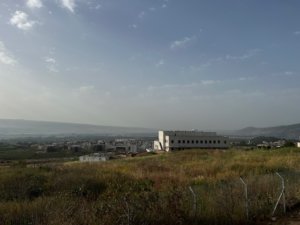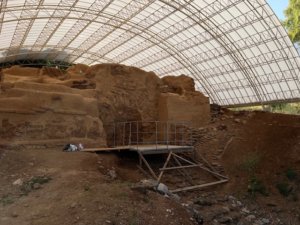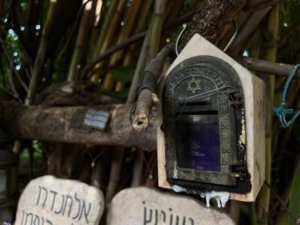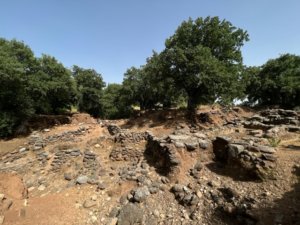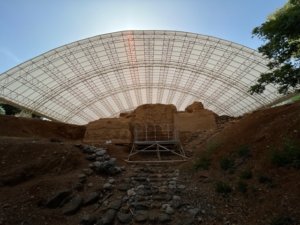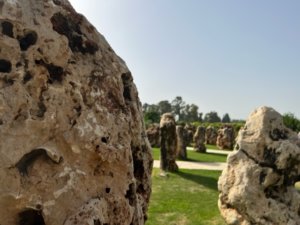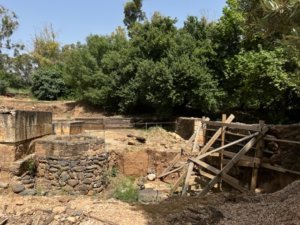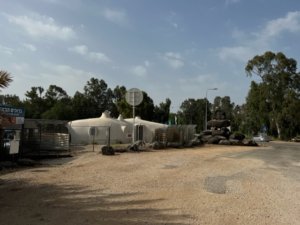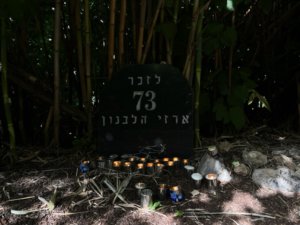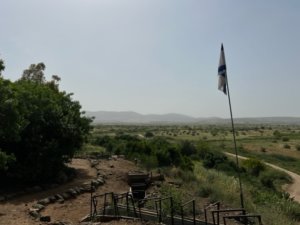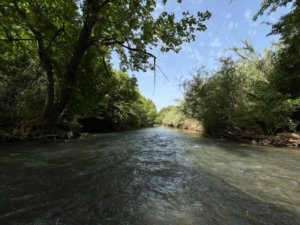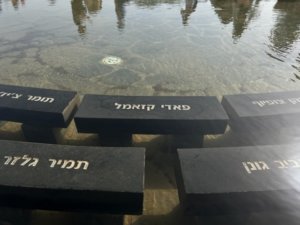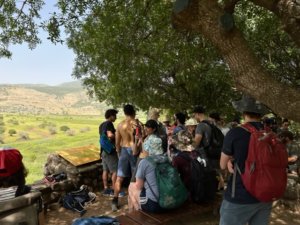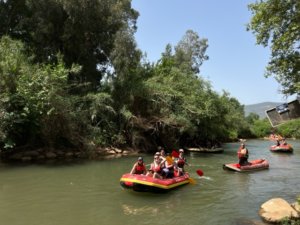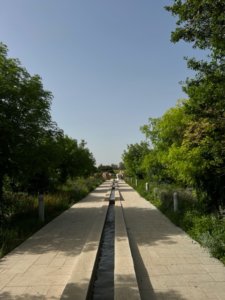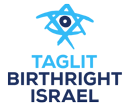TL-46-2/577 Update 1
Day 1 and Day 2 Update
On Sunday morning, thirty people interested in exploring their Jewishness and the State of Israel made their way to the airports in Los Angeles and Toronto to begin their Birthright trip. After months of anticipation and the incredible work of teams around the world, we were about to begin a once-in-a-lifetime opportunity.
On Monday, we all landed in Israel and jumped into our first day of activities. We all introduced ourselves and learned about the approaches and policies that help make Birthright the largest educational trip of its kind in the world.
This trip coincides with several major events. The Islamic holiday Eid Al-Fitr overlapped with Day 1 of our trip, so when we sat down for our first dinner together, we were alongside local Arab Israeli families celebrating the holiday at the same hotel. This diversity gave us a glimpse of something that helps make the State of Israel so special: it is the world’s only Jewish state and represents the Jewish nation on the international stage, and it is also based on universal principles like pluralism and democracy
Day 2 of our trip would culminate with the beginning of Yom HaZikaron, the Memorial Day of the State of Israel; this precedes Yom Ha’Atzmaut, Israel’s Independence Day. Before Memorial Day began at sunset, we had a full day of activities planned to begin connecting with the land and her people.
After breakfast, we went river rafting in the Jordan River. We had a chance to see the lushness of the North, which includes many famous places like Tzfat, Meron, and Nazareth. The land is brought to life by the headwaters of the Jordan River, which provides water to more than one country along its course.
After river rafting, we stopped at Gan Hatzafon for lunch on our own. This small strip mall is a particularly diverse junction where Druze, Alawi, Christian, and Jewish motorists regularly come together. We saw for ourselves that the day to day life is overwhelmingly about peace.
After lunch, we went to the archeological ruins of a temple and of residences at Tel Dan, which date back to ancient times. We learned about the many empires that have sought to control Eretz Yisrael (the Land of Israel) until Israel’s independence in 1948.
Tel Dan is located today near the armistice line with Lebanon. For many of us, it was our first time seeing firsthand the geography of conflict and war. We walked past trenches where Israeli troops once patrolled the armistice line, but today, the Tel Dan area is very safe and has been turned into a national park that welcomes countless tourists.
Next, we went to the site of the 1997 helicopter disaster where 73 soldiers perished. Here, we confronted the reality of war and what Memorial Day really means: it is about supporting individual families’ grief through collective awareness and recognition. We took time to read the 73 names. Not all of them were Jewish: there were also Druze and Muslim names. On this side of the armistice line, the State of Israel has successfully maintained its diversity; on the other side of the armistice line, there are groups that treat it as illegal to even support the concept of coexistence.
We had an emotional time talking and learning about what the State of Israel means and paying our respects at the memorial site where we had gathered together. From there, we had a short time for dinner before sunset came and Memorial Day officially began.
We went to Kibbutz Gonen for a memorial service. It was a small event of about a hundred people, proportionate to the size of the kibbutz. As the sun disappeared behind the horizon, we all stood up as millions of people did simultaneously across the country. Then the sirens began.
As the sirens wailed, we began two minutes of standing in silence. Emotionally, it was devastating. Most of our group consists of North Americans who have never directly experienced conflict, but as the moment of silence progressed, we had a chance to think about the sacrifices made to protect Jewish life in a world where our expulsion, dispossession, and even murder has oftentimes been totally legal.
The kibbutz organized some performances by local youth to honor the day. There were some stories about soldiers who had died in conflict, with a focus on instances of duty and unity among soldiers even in the hardest times. One such story was of Maya Kopstein, who had rushed to the site of a terrorist bombing to help treat and evacuate the wounded even though it was likely a second bomb might detonate. When it did, she lost her life. We had an opportunity to see how these events become part of collective memory, and how millions of Israeli Jews articulate their values and ethics with such examples of selflessness.
After this, we made our way back to the hotel to rest before tomorrow: Day 3 awaits.
